WFP Global Outlook: ‘Things have never been so bad’ – hunger rises amid funding cuts
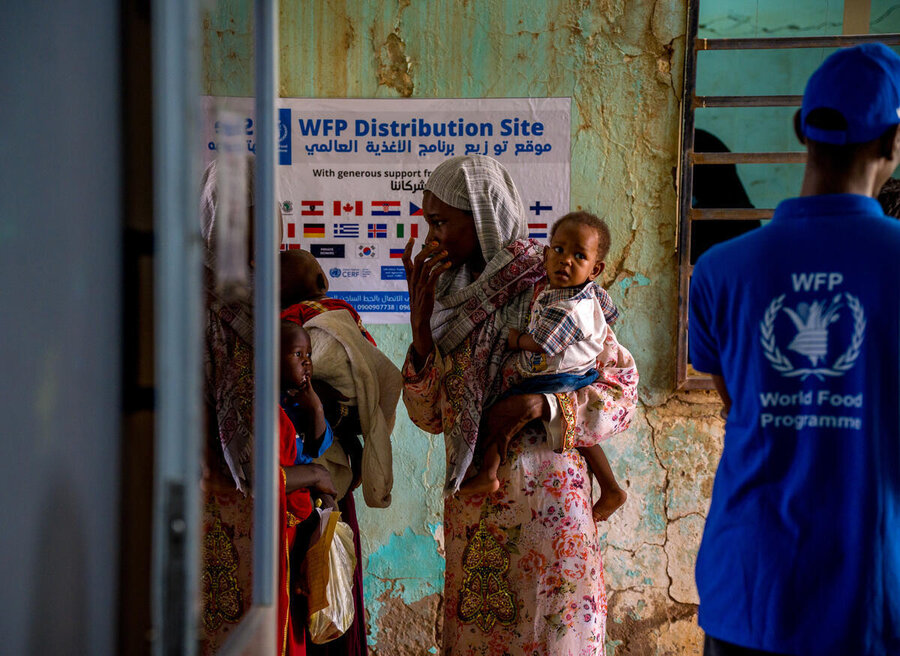
Jean-Martin Bauer is worried. “We have two confirmed famines in 2025 – the first time this century – things have never been this bad,” says the Director of the Food Security and Nutrition Analysis Service at the World Food Programme (WFP). And he should know. Bauer’s been a number-cruncher for the organization since he joined in 2001.
“In that time, only five famines have been confirmed,” he says. “Somalia in 2011, South Sudan in 2017, South Sudan again in 2020, Sudan in 2024 continuing until now, and Gaza last August – something is clearly very wrong.”
Conflict and funding cuts fuel soaring hunger in South Sudan

Famines occur at the extreme end of IPC Phase 5, the highest hunger level under the Integrated Food Security Phase Classification, the global system for monitoring food insecurity.
In Sudan and Gaza, “civilians are dying on a large scale amid conflict,” says Bauer. “We now have evidence, and it’s on us to act. Extreme food insecurity is what we’re mandated to respond to.”
He adds: “The numbers we’re seeing now are completely different from what we were used to at the end of the last decade.”
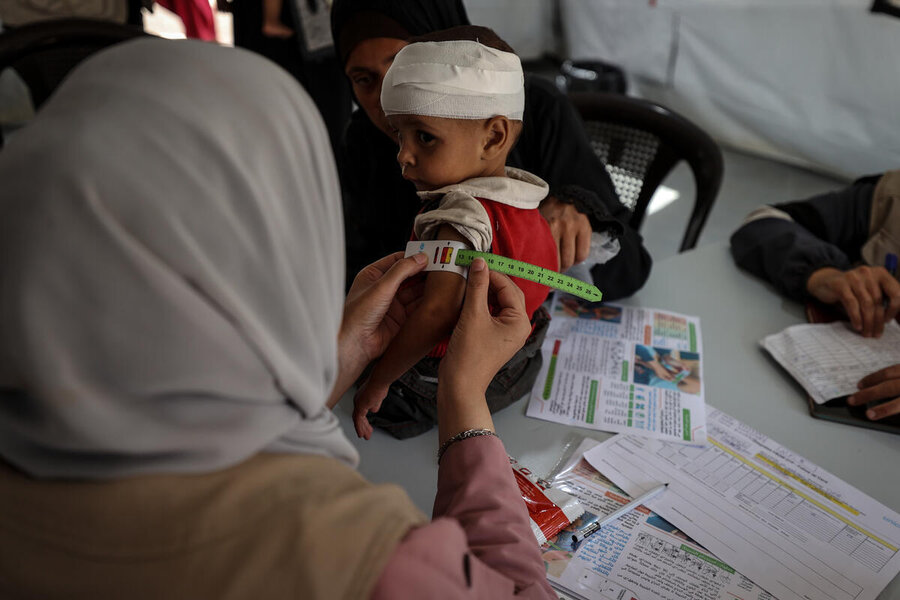

In 2026, 318 million people are expected to face IPC Phase 3/‘crisis’ levels of hunger or worse – more than double the figure recorded in 2019.
“We’re seeing acute need in different geographies at a time when donors are pulling out. It’s a scissor effect – needs are zooming up, but the money to meet them is evaporating. It’s a huge challenge for the agency and the partners we work with.”
Pathways to food security in the Amazon
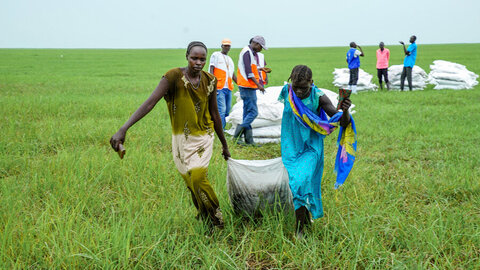
A sure indicator of funding cuts causing a sharp rise in malnutrition is the closure of health facilities. These are usually supported by UNICEF and other humanitarian partners – offering pregnant women, mothers and children aged under-5 critical nutrition as well as healthcare.
We’ve seen this happen in countries beset by conflict and extreme weather such as South Sudan and Afghanistan, says Bauer.
In Afghanistan, for the first time in decades, WFP lacks a significant winter response – a lifeline in a country where families have been pushed to the brink by a host of crises.
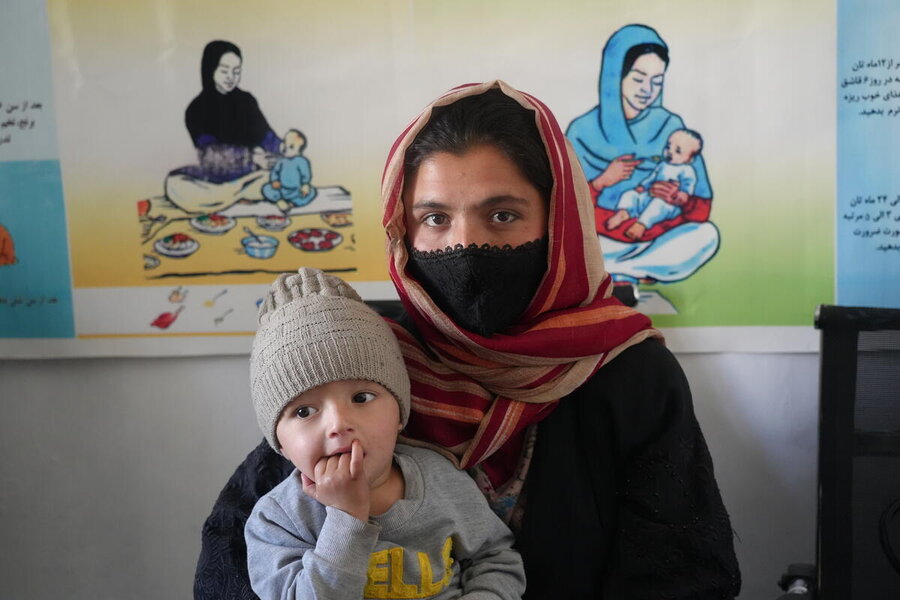
Afghanistan, along with Ukraine and Haiti, is among the major emergencies that Bauer has served in in recent years. (In Haiti he was Country Director from 2022–24).
Today, working from WFP’s HQ in Rome, he says the organization’s Global Outlook report, published Tuesday (18 November), “calls on us as humanitarians to do everything we can to prevent famines and respond to hunger.”
WFP needs US$13 billion to reach 110 million people across emergencies in 2026, a third of those who are food insecure.
Failing to tackle root causes – not least with protracted crises – will drive humanitarian needs up even further.
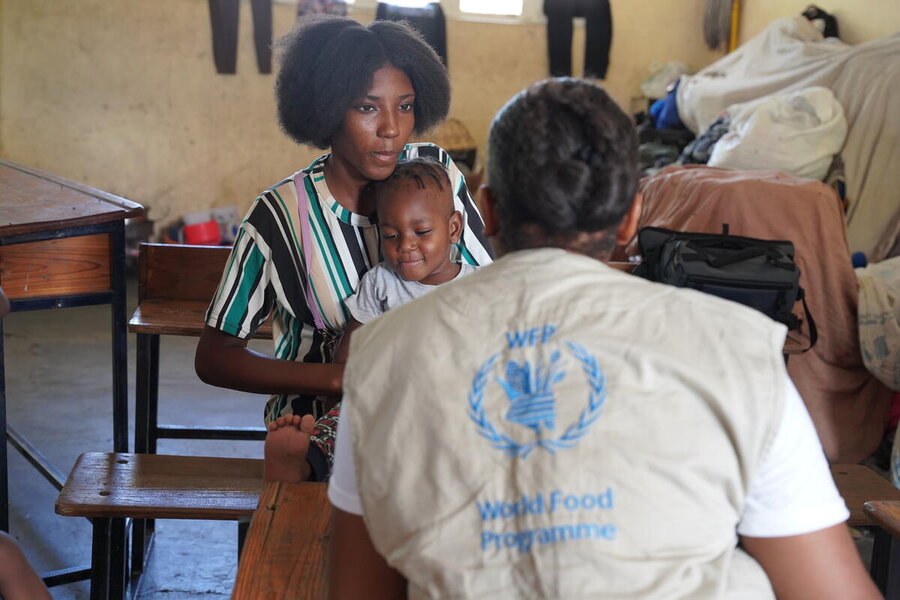
“When food insecurity rises, migration rises,” says Bauer. “People will have to feed their families, and they will take their families with them, and they will migrate. And this is something we are already seeing.”
Cutting-edge AI
To save lives with resources at an all-time low, “we need to innovate”, says Bauer.
How Anticipatory Action helps people prepare as extreme weather strikes
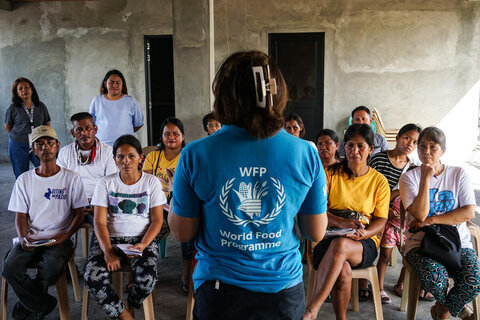
“We really need to be able to ensure that we’re there to prevent the famines, that we’re there to have these instruments in place to avoid a crisis turning into a disaster.”
Working with governments as the recent storms Melissa in the Caribbean and Fung-wong in the Philippines made landfall, WFP showed the value of anticipatory action, using early-warning data to trigger cash assistance and logistical operations and shift pre-positioned food supplies to areas in need as quickly as possible.
(According to WFP, every dollar invested in anticipatory action – acting before a disaster strikes — can save up to US$7 in averted losses.)

The organization uses cutting-edge AI, machine learning and satellite mapping for post-disaster assessments with data-driven insights helping to decide when to buy, where from, when and how to store and deliver food stocks to operations.
Shielding preparedness measures from the broader impact of funding cuts is critical. In Haiti, funding shortfalls resulted in the loss of contingency stocks, says Bauer. “That’s really an asset that we’ve lost and that we need to rebuild.”
In a sliver of good news, this year WFP’s famine prevention efforts have managed to pull communities back from IPC Phase 5 in parts of Haiti, Sudan and South Sudan. No amount of innovation and funding, however, can stop hunger so long as so much conflict persists.
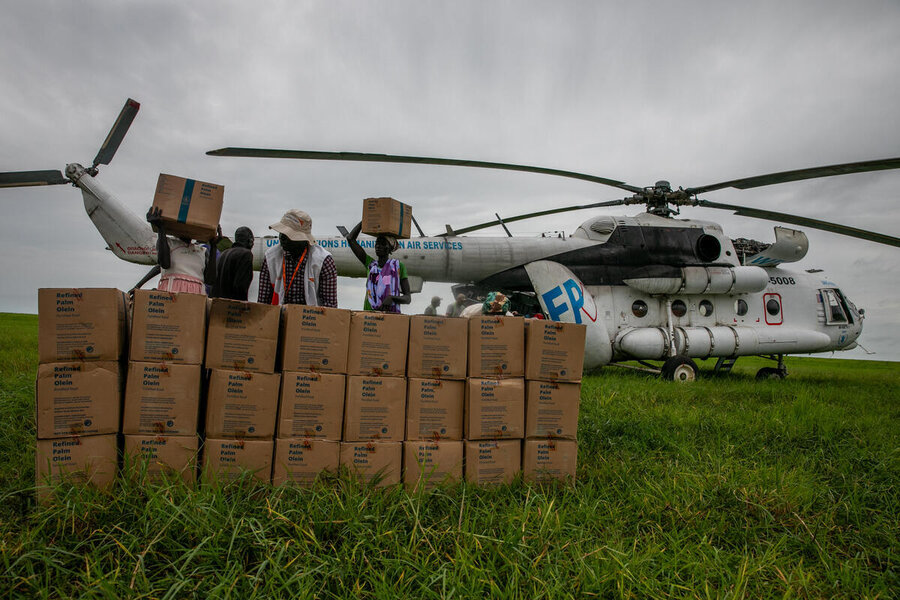
“We need to call for continued political engagement to end the violence, to end the conflicts that cause food insecurity in these geographies,” says Bauer. “We need to advocate in different ways. We need to pull out all the stops to address this situation.
“Now it’s really a vulnerable time for the entire humanitarian community. And we can't talk about a humanitarian vacuum opening up in some of the geographies of the world that are most exposed to the humanitarian need and hunger risk.”
